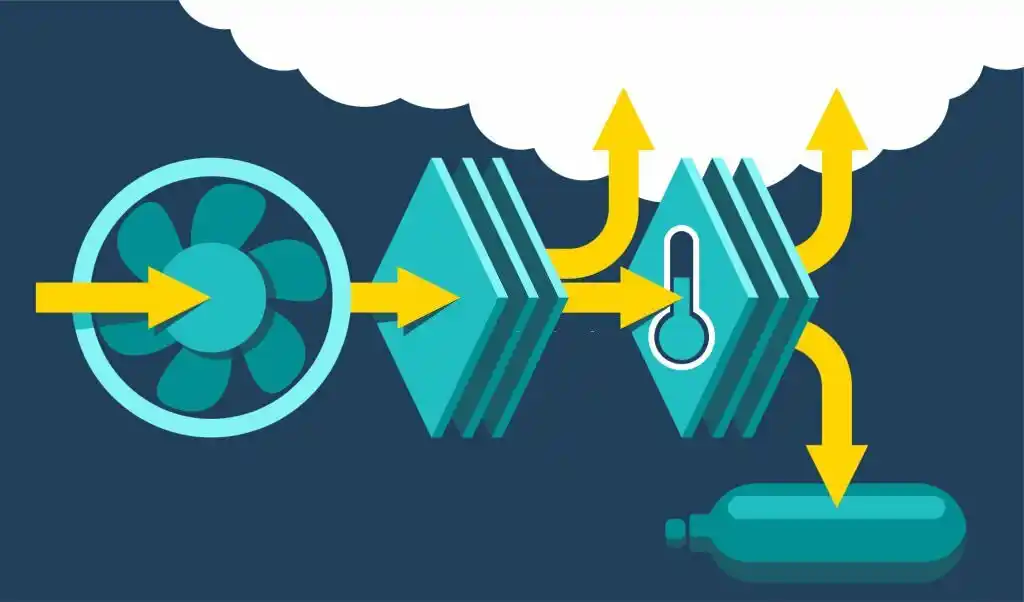Membrane separation technology involves the use of semi-permeable membranes to separate and purify different components in a mixture, typically in fluids or gases. It’s widely used in various industries for processes such as filtration, purification, concentration, and separation.
The membranes used in this technology have specific pore sizes that allow certain molecules or particles to pass through while blocking others based on their size, shape, charge, or other properties. There are different types of membrane separation processes:
- Reverse Osmosis (RO): It’s used for desalination, water purification, and in industries like food and beverage for concentrating liquids by removing solutes.
- Ultrafiltration (UF): This method removes particles, colloids, and large molecules, often used in wastewater treatment, dairy, and pharmaceutical industries.
- Microfiltration (MF): It’s utilized for larger particle separation, such as bacteria and suspended solids. Applications include food and beverage processing, biotechnology, and more.
- Nanofiltration (NF): It’s a medium between ultrafiltration and reverse osmosis, removing both larger ions and smaller organic molecules. Applications include water softening, color removal, and wastewater treatment.
- Gas Separation Membranes: These are used to separate gases based on their molecular size and polarity. Applications include nitrogen generation, hydrogen recovery, and carbon dioxide removal.
Membrane separation technology offers several advantages, including low energy consumption compared to conventional methods, ease of operation, scalability, and minimal use of chemicals. However, it also has limitations, such as fouling (accumulation of particles on the membrane surface), limitations on separation efficiency for certain molecules, and high initial costs for some specialized applications.
Continuous research and development in material science and membrane engineering aim to improve efficiency, durability, and cost-effectiveness, expanding the applicability of membrane separation in various fields.
